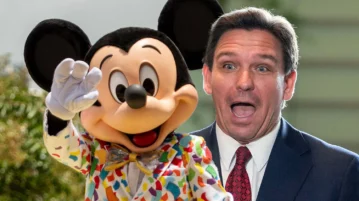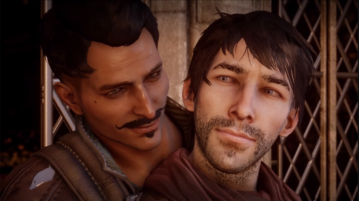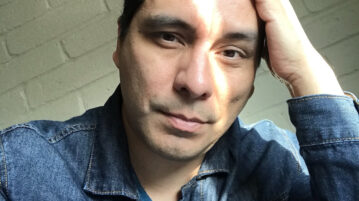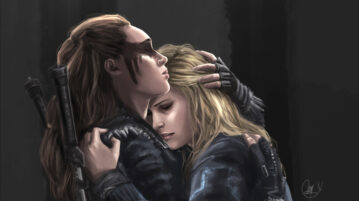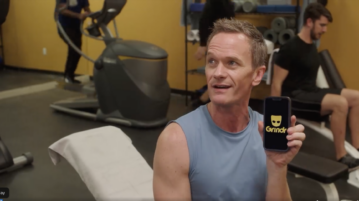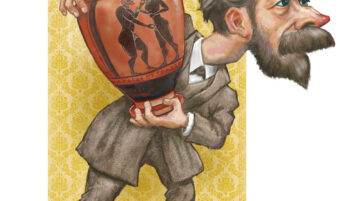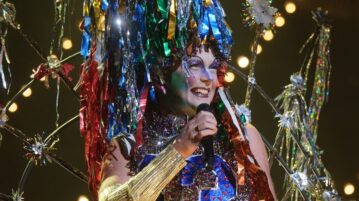
American History as Sung by Taylor Mac
TAYLOR MAC is a boundary-breaking theater artist whose creativity and accomplishments defy categorization. In a career spanning 25 years to date, the actor, playwright, performance artist, director, producer, and singer-songwriter has racked up a slew of awards and nominations in their many fields of endeavor. Their work has attracted the attention of numerous scholars and writers, whose critical essays on Mac have been collected by David Román and Sean F. Edgecomb in the aptly titled The Taylor Mac Book.
More

